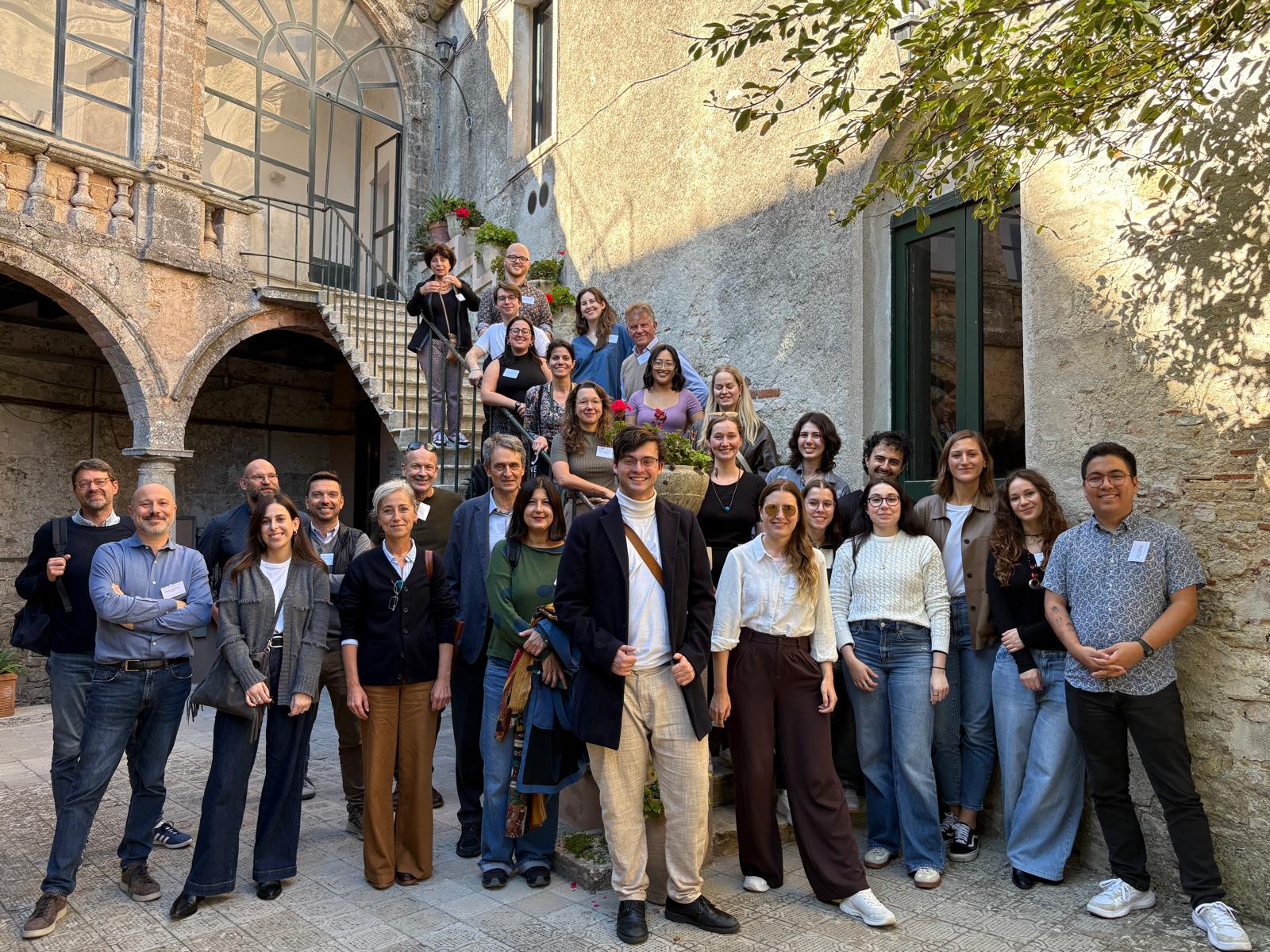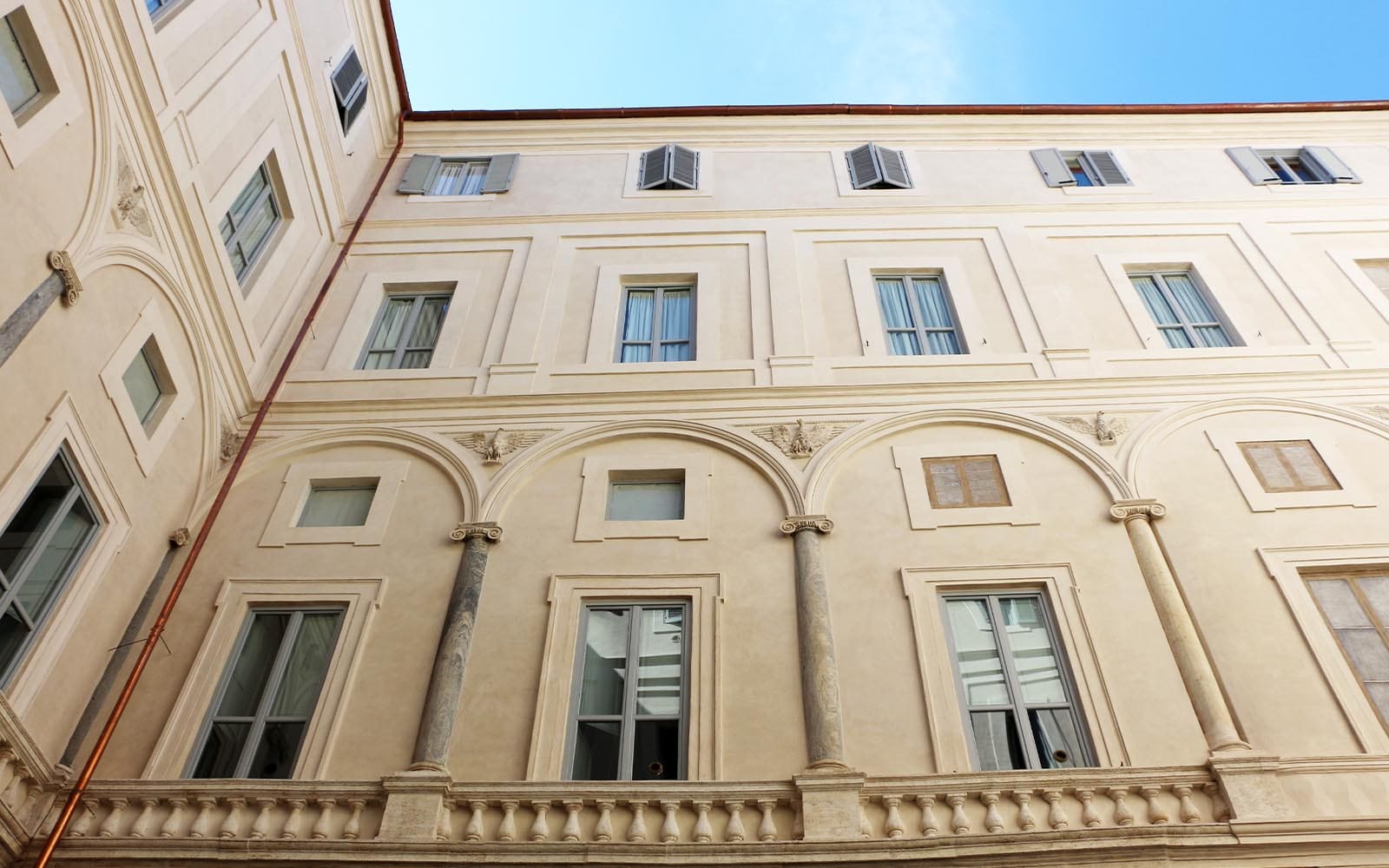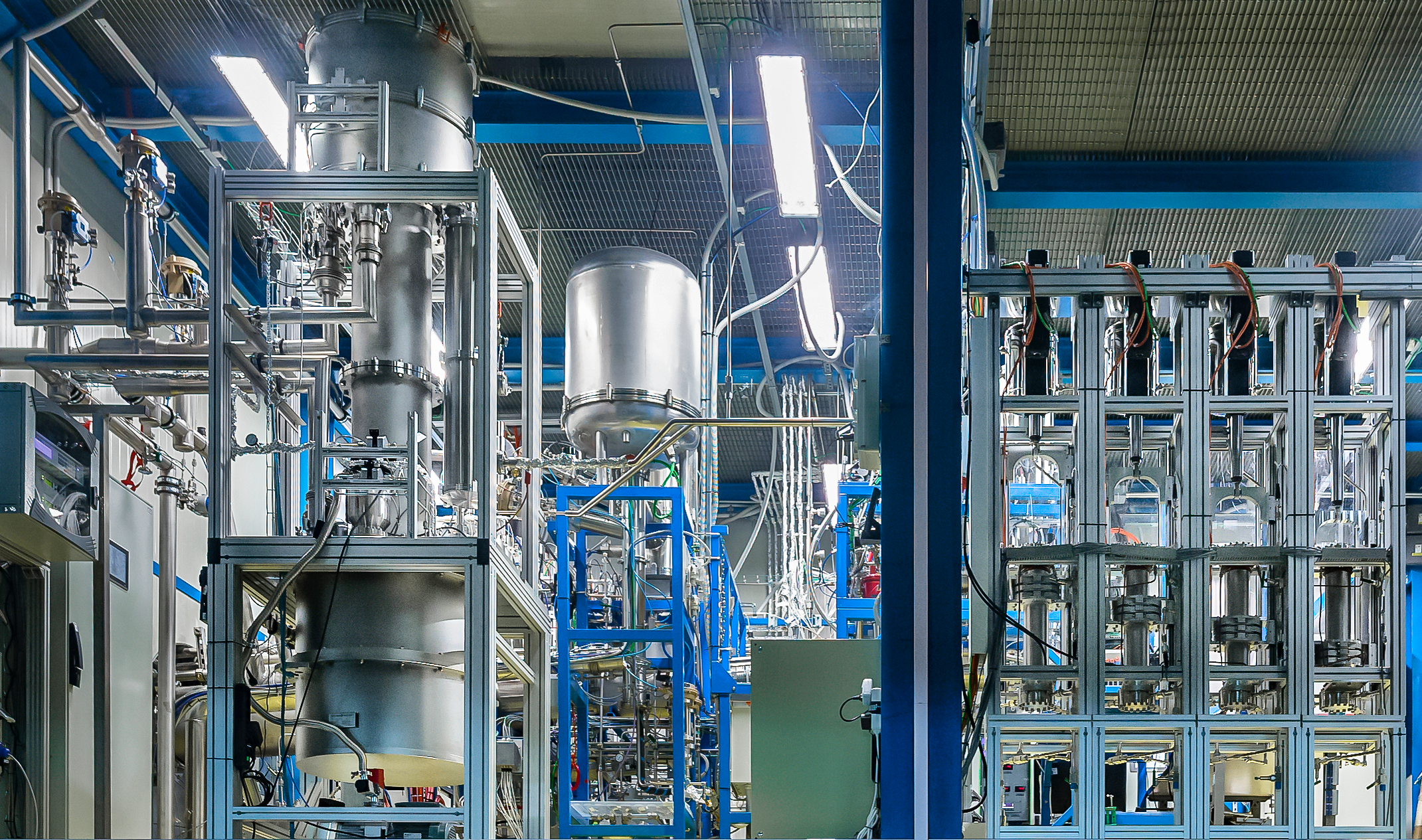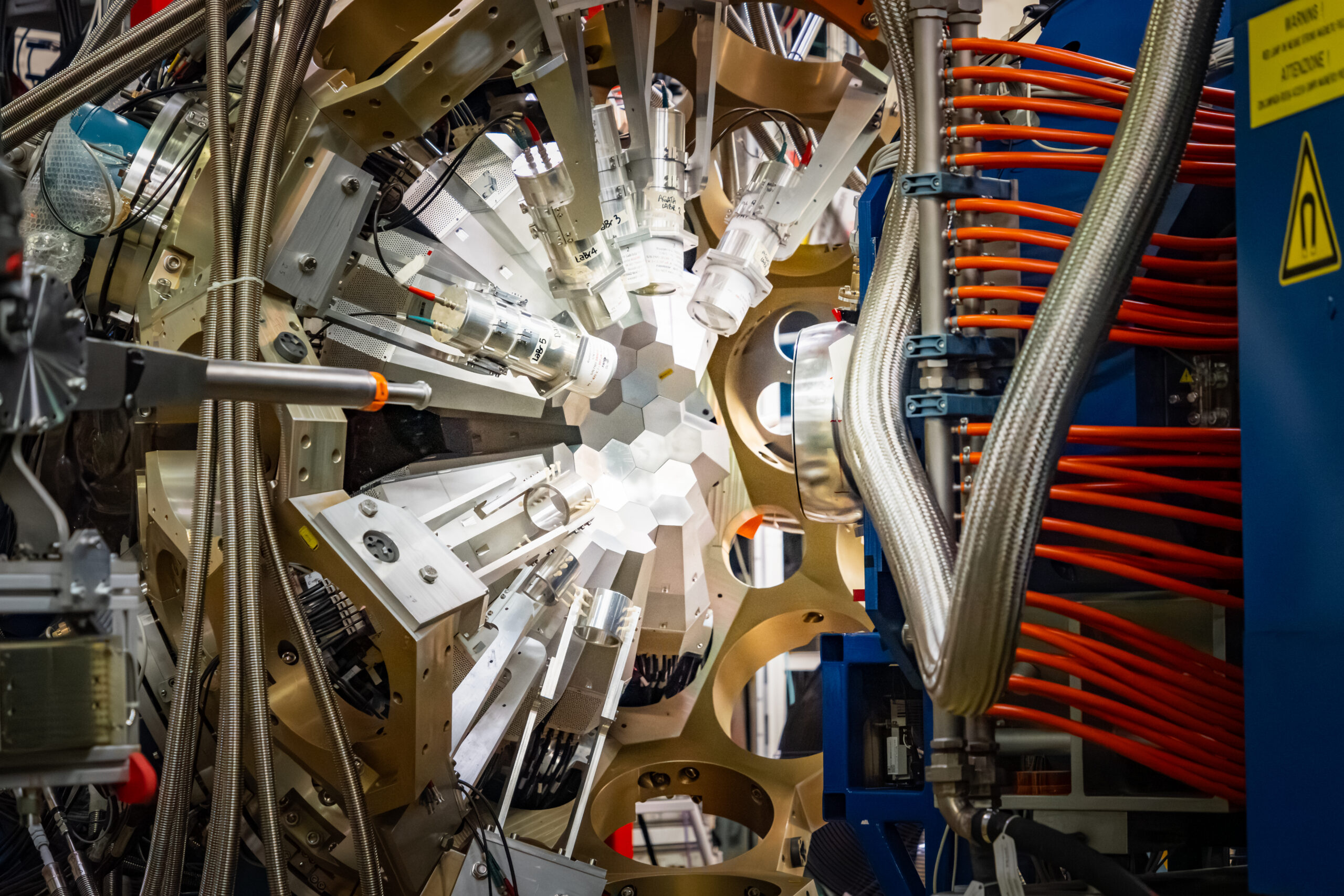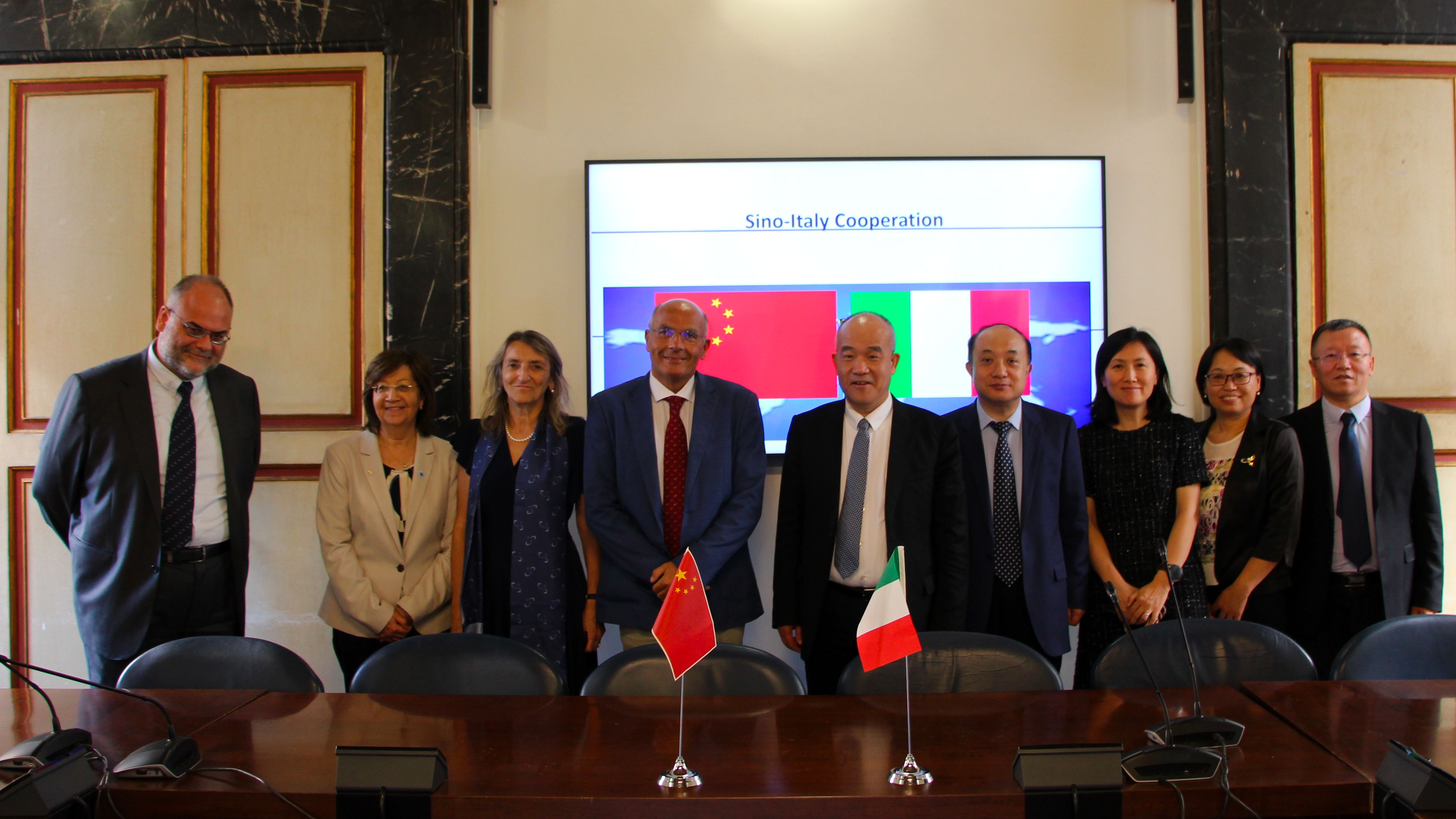 Knowledge and preservation of the cultural and natural heritage today have a new ally: E-RIHS, the only European research infrastructure on Heritage Science to be officially included in the ESFRI ( European Strategy For Research Infrastructures ) Roadmap that identifies the research infrastructure considered strategic for the scientific community in Europe. E-RIHS, of which Italy is the leader with the CNR (Italian National Research Centre), is a distributed European infrastructure: a network of laboratories and highly advanced fixed and mobile instruments, as well as cutting-edge physical and digital archives, made available to European researchers. The community addressed by E-RIHS is that of the new multidisciplinary field of heritage science, which links hard sciences and the humanities in a cross-disciplinary perspective to address all the issues and problems related to the cultural, natural and archaeological heritage. From restoration to fruition, from preservation to exploitation, from monitoring to management, from protection requirements to those of the tourism market. With the support of the Ministry of Education, University and Research (MIUR), the Ministry of Economic Development (MISE) and of the Ministry of the Cultural Heritage and Tourism (MIBACT), under the guidance of CNR with the participation of ENEA (Italian National Agency for new technologies, Energy and sustainable Economic development), OPD (Opificio delle Pietre Dure), INSTM (National Interuniversity Consortium of Materials Science and Technology) and the other Italian entities and universities involved, E-RIHS currently includes 18 member states and 11 third countries. The step following inclusion in the Roadmap is the start of a preparatory phase for the establishment of an ERIC ( European Research Infrastructure Consortium ), which also sees the involvement of ICCROM (International Centre for the Study of the Preservation and Restoration of Cultural Property), an intergovernmental research body for the cultural heritage. Italy is therefore proposing to host the headquarters of the only ERIC under Italian leadership in the new ESFRI Roadmap.
Knowledge and preservation of the cultural and natural heritage today have a new ally: E-RIHS, the only European research infrastructure on Heritage Science to be officially included in the ESFRI ( European Strategy For Research Infrastructures ) Roadmap that identifies the research infrastructure considered strategic for the scientific community in Europe. E-RIHS, of which Italy is the leader with the CNR (Italian National Research Centre), is a distributed European infrastructure: a network of laboratories and highly advanced fixed and mobile instruments, as well as cutting-edge physical and digital archives, made available to European researchers. The community addressed by E-RIHS is that of the new multidisciplinary field of heritage science, which links hard sciences and the humanities in a cross-disciplinary perspective to address all the issues and problems related to the cultural, natural and archaeological heritage. From restoration to fruition, from preservation to exploitation, from monitoring to management, from protection requirements to those of the tourism market. With the support of the Ministry of Education, University and Research (MIUR), the Ministry of Economic Development (MISE) and of the Ministry of the Cultural Heritage and Tourism (MIBACT), under the guidance of CNR with the participation of ENEA (Italian National Agency for new technologies, Energy and sustainable Economic development), OPD (Opificio delle Pietre Dure), INSTM (National Interuniversity Consortium of Materials Science and Technology) and the other Italian entities and universities involved, E-RIHS currently includes 18 member states and 11 third countries. The step following inclusion in the Roadmap is the start of a preparatory phase for the establishment of an ERIC ( European Research Infrastructure Consortium ), which also sees the involvement of ICCROM (International Centre for the Study of the Preservation and Restoration of Cultural Property), an intergovernmental research body for the cultural heritage. Italy is therefore proposing to host the headquarters of the only ERIC under Italian leadership in the new ESFRI Roadmap.
